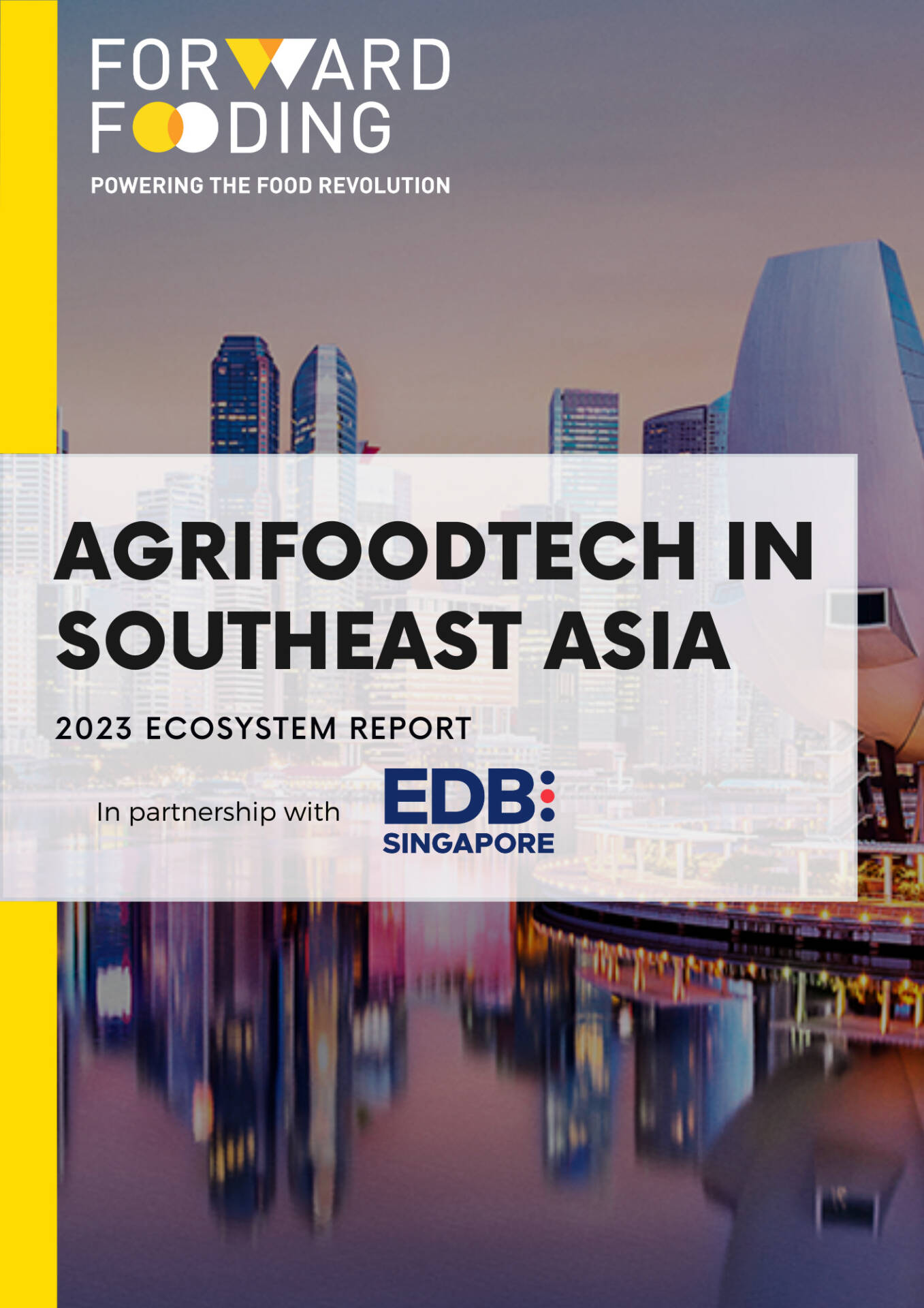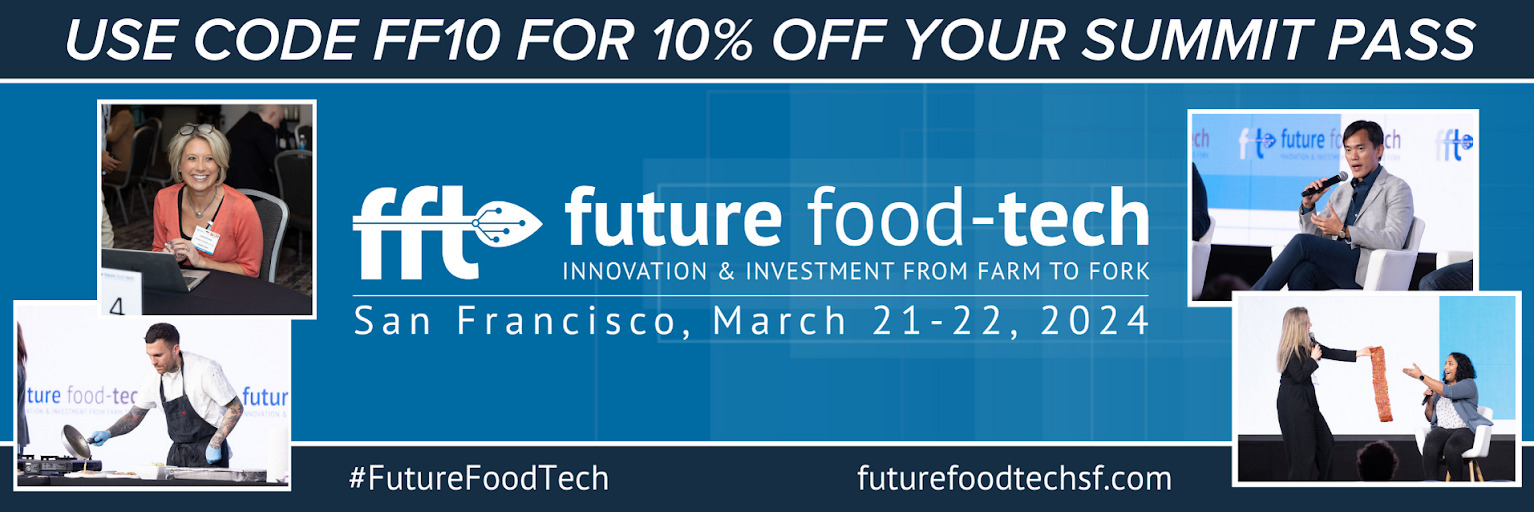FORWARD FOODING
THE BLOG
Post-COVID Food & Drink Trends: What’s Changed and What Won’t?
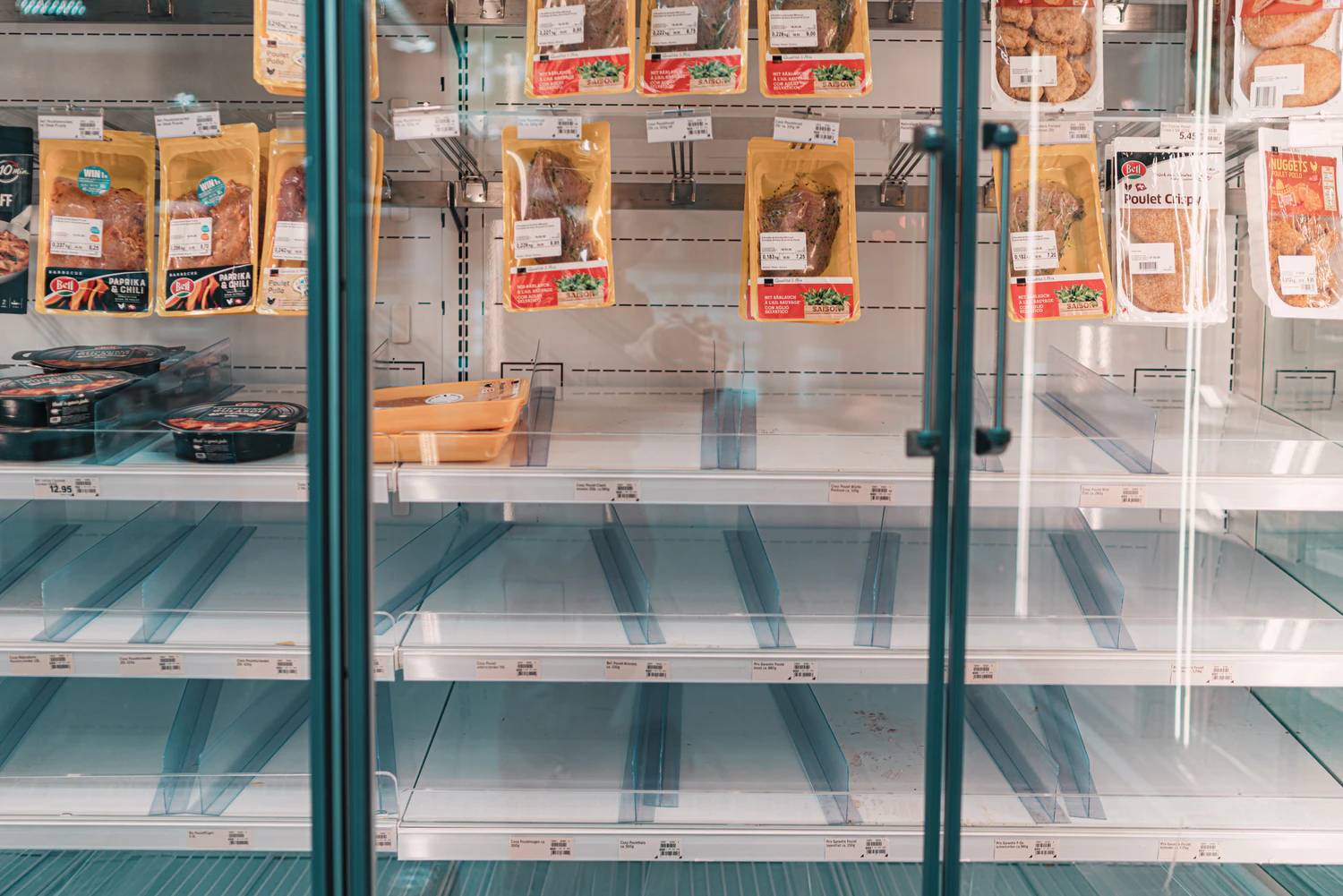
What are the new Food & Drink trends that were accelerated by COVID? Has the outbreak of the Corona Virus pandemic changed the way consumers choose their food? In this article, we take a look at some post-Covid trends in the Food & Beverage industry.
By Marina Montagner from OGI&Co

What will remain the same after the outbreak of COVID-19
COVID-19 has not changed global megatrends in the food and drinks industry. However, it has led to some alterations in the trajectory of growth estimates. The key trends/themes which were directly impacted in the wake of the pandemic include:
- consumer demand for corporate social responsibility
- a more conscious decision around the choice of ingredients
- a bias for more immunity-based inputs.
One could even argue that the pandemic may have influenced the level of trust that consumers have for claims made by science and technology-driven food and drinks companies.
According to Mintel, over the next 10 years, consumers may become more trustful of developments put forth by tech-driven companies. Moreover, the role of science in guaranteeing access to affordable, safe and nutritious food and drinks will be crucial. The pandemic will then change the dynamics of some habits and trends. Still, we believe that the overall drivers of consumer behaviour, such as wellbeing, surroundings, technology, value, identity and experiences, will remain constant and universal.
Regardless of the current events, two things will never change in our view. These are:
- Consumers will always seek experiences and enjoyment from food, drinks and food service.
- The price will always be a key decisive factor driving a purchase.
All that said, we believe that COVID-19 will influence consumer behaviour to some extent. Let’s take a look at some of the trends that are seeing an overall acceleration.
Immune-boosting ingredients
The pandemic has led to an acceleration in the adoption of functional foods and beverages. This trend is particularly related to ingredients capable of boosting the immune system. COVID-19 mortality rates have been associated with low immunity, most severely impacting individuals with compromised immune systems. As a result, consumers have been looking for ways to protect themselves.
According to a recent study by Mintel, approximately a quarter of British nationals are eating more fruits and vegetables since the start of the outbreak. In addition, 73% say the pandemic has motivated them to eat more nutrients that support their immune systems. Furthermore, according to Beneo, a functional ingredients supplier, 75% of consumers have been seeking healthier products due to COVID-19. Based on data from Google Trends, searches for the combined terms, ‘food’ and ‘immune system’ have increased by more than 600% between February and March.
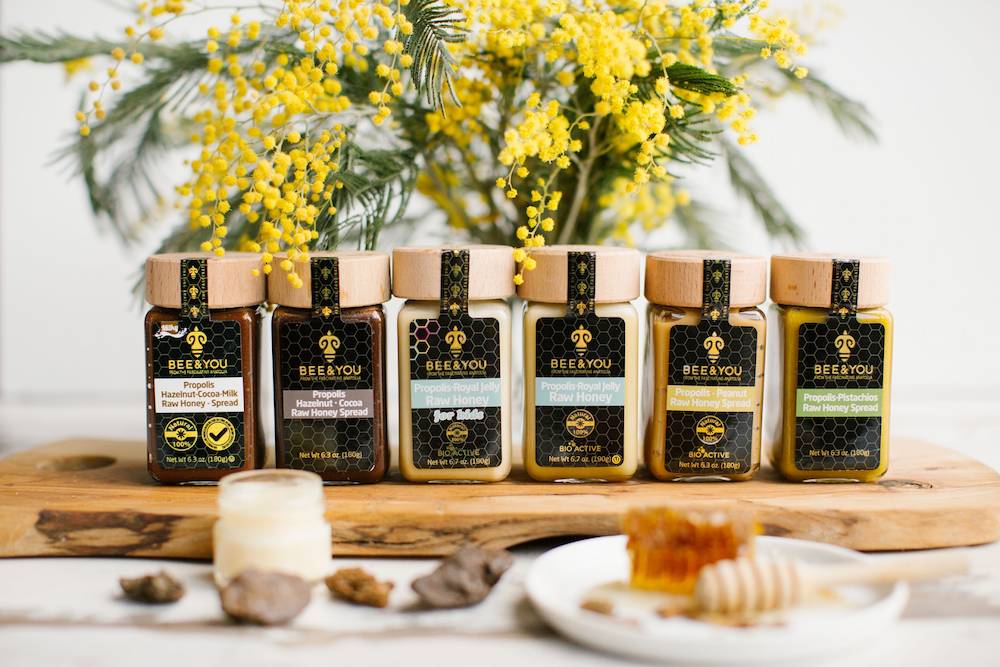
Bee & You, a honey-based superfoods brand, and among the winners of 2019’s FoodTech 500, was in the “hot list” for health in 2018. They offer innovative Propolis extraction and process methods. With a portfolio of 100% natural and antioxidant-rich bee superfoods, propolis, royal jellies, raw honeys and spreads to support your immune system, this brand is now more appealing than ever due to the outbreak.
The of plant-based food
The trend towards a more plant-based diet has seen a significant shift over recent years. And we only expect the pandemic to accelerate this even further. While some consumers have decided to focus on the health perspective, others have also done the shift in order to make a positive impact. This can be said about tackling the climate crisis and showing compassion for nature.
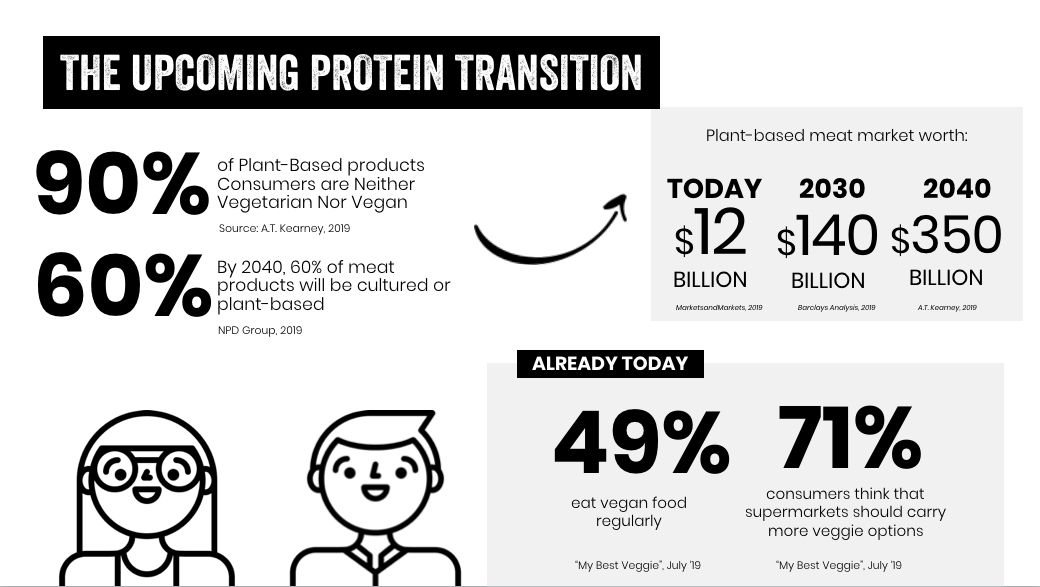
According to a report by market research company Mintel, the plant-based diet is becoming more attractive to British nationals as a result of the outbreak. The data shows that 12% of the population say the pandemic has made a vegan diet more appealing. This rises to 22% of Londoners, and 25% of British Millennials (aged 21-30). While interest for plant-based food and drink was growing even before the spread of COVID-19, it may well be that the pandemic is accelerating this trend. According to Mintel, in China, sales of the new plant-based meat options in KFC and Pizza Hut have been skyrocketing.
Why are people eating less meat?
A further study by margarine giant Flora, also showed that millions of British nationals have changed their eating habits as a result of the outbreak. The brand polled 2,000 adults and found that 17% have been eating less meat, 30% have been eating more fruit and vegetables, and 12% have been choosing more plant-based alternatives.
When it came to their reasons for choosing animal-free options, around half said they wanted to be healthier, 27 percent wanted to save money and 37 percent wanted to be more sustainable.
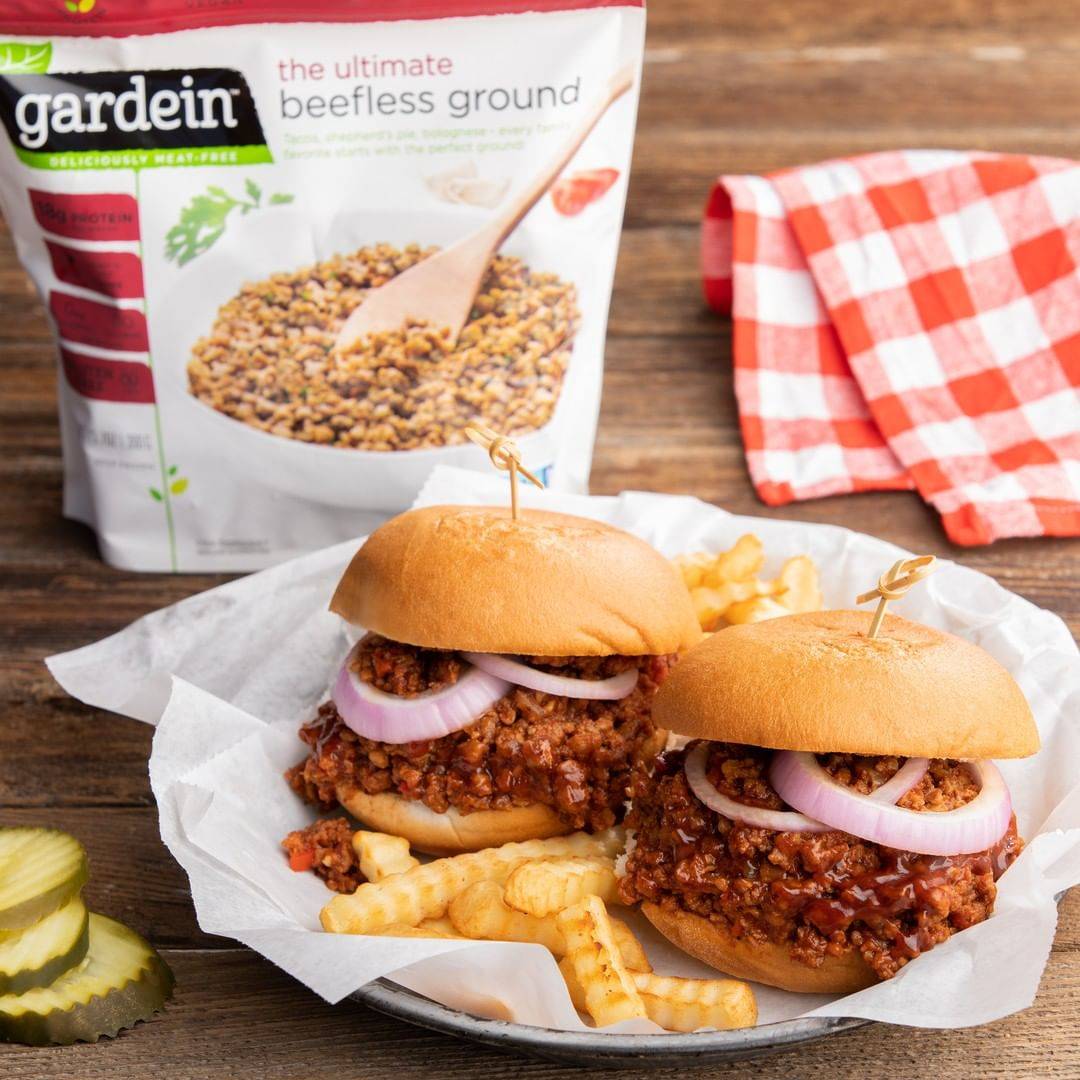
It is true that consumers also seek familiarity during lockdown. That’s why plant-based alternatives to old classics rebranded the vegan movement, turning it into a more appealing and tasty diet. Gardein is piggybacking on this trend by delivering a range of made-to-seem-real crispy tenders, meatless meatballs and mandarin orange crispy chicken, apart from the classic sausages, burgers and hot dogs. You can find more about Gardein and many other plant-based businesses here.
Hyperlocal and convenient
Consumers have shown an elevated desire to purchase food and beverage products from known origins. This represents a change in consumer behaviour, compared to a previous trend to try new products. This shift towards the local and the familiar has been a key trend since the outbreak of COVID-19.
There is a significant debate about the opportunity Covid-19 provides to decentralise the food systems and produce a greater proportion of healthy and nutritious foods, such as fresh produce, locally.
The UK imports over three quarters of fresh fruit and vegetables. And this food is mainly sold through a highly centralised retail-dominated system. Due to the pandemic, we expect to see more demand for more local foods. Hopefully, this will ensure freshness, optimal nutrient quality and reductions in fresh produce waste. Quite a promising scenario!
The case for on-demand veg boxes
The higher flexibility of hyperlocal and alternative food projects has allowed them to adapt at a much faster rate. And this has enabled these businesses to close the gaps in the unraveling globalized food system. According to BBC, over 500 British veg box providers delivered 3.5 million boxes of fresh produce to homes in just two months. More than twice their pre-Covid sales. And they had waiting lists ranging from 160 to 6,700 customers!
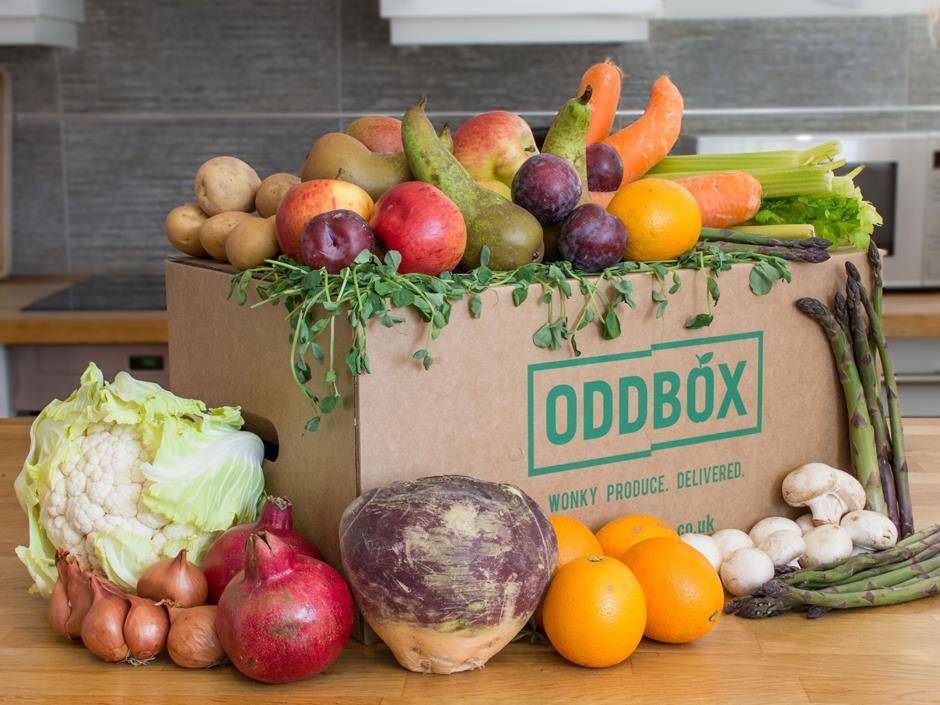
Oddbox operates in London and delivers food that would otherwise have gone to waste. They said they had to stop taking new orders as they faced “unprecedented levels of demand” with the pandemic. Locavore experienced the same high demand for veg boxes and had to close to new orders after a couple of weeks, seeing the pandemic as a double-edged sword. Their sales increased from 1500 to 1900 boxes two weeks into the pandemic. As a result of the pandemic, people tried veg boxes, but the timing has been unfortunate.
Sign of things to come
While we only highlight some of the key trends which have been further influenced by the pandemic, it continues to disrupt the production, distribution and consumption of foods in many ways.
Events like Covid-19, accelerate the pace of change we experience – and this pace of change is going to significantly reshape or accelerate key sustainability trends within our food system.
There is a moral and ethical imperative for businesses to ensure business models and practices support resiliency, build food security and tackle the systemic barriers and opportunities towards more healthy, fair and sustainable food systems.
A more integrated approach is required to address future human and ecological health, recognising that nutrition, health, agriculture, economic development, trade and our environment are inextricably linked.
Continue exploring new trends
Thanks for reading! We hope that you enjoyed our article about post COVID food trends.
When writing this article, we extracted information about startups and trends from the FoodTech Data Navigator. That is Forward Fooding’s data intelligence platform for the Agrifoodtech ecosystem. To find out more, or book a free demo, visit forwardfooding.com/food-tech-data.
Follow us
Sponsored Articles
9 July 2025
Forward Fooding celebrates the selection of 12 pioneering startups for the inaugural pladis Accelerator Programme. From water lily popcorn to sugar-converting enzymes, these innovations represent the future of snacking, addressing obesity, sustainability, and personalized nutrition through cutting-edge food technology.
21 March 2025
Tim Ingmire, VP of Global Innovation & Technology at pladis, discusses how the snacking giant is supporting early-stage startups in foodtech, health, and sustainability through their accelerator program. Learn about their focus on personalized nutrition, functional foods, and future ingredients to bring innovative, delicious products to consumers worldwide.
8 February 2024
Future Food-Tech returns to San Francisco on March 21-22 Over 1,700 food-tech leaders, from CPG brands, retailers, ingredient providers, [...]
1 February 2023
The 4th edition of FoodTech 500 is taking off and we are excited to partner with NEOM for the third consecutive year to support the best international AgriFoodTech entrepreneurs.
10 February 2022
One of the elements we enjoy the most here at Forward Fooding about working with AgriFoodTech startups is being [...]
